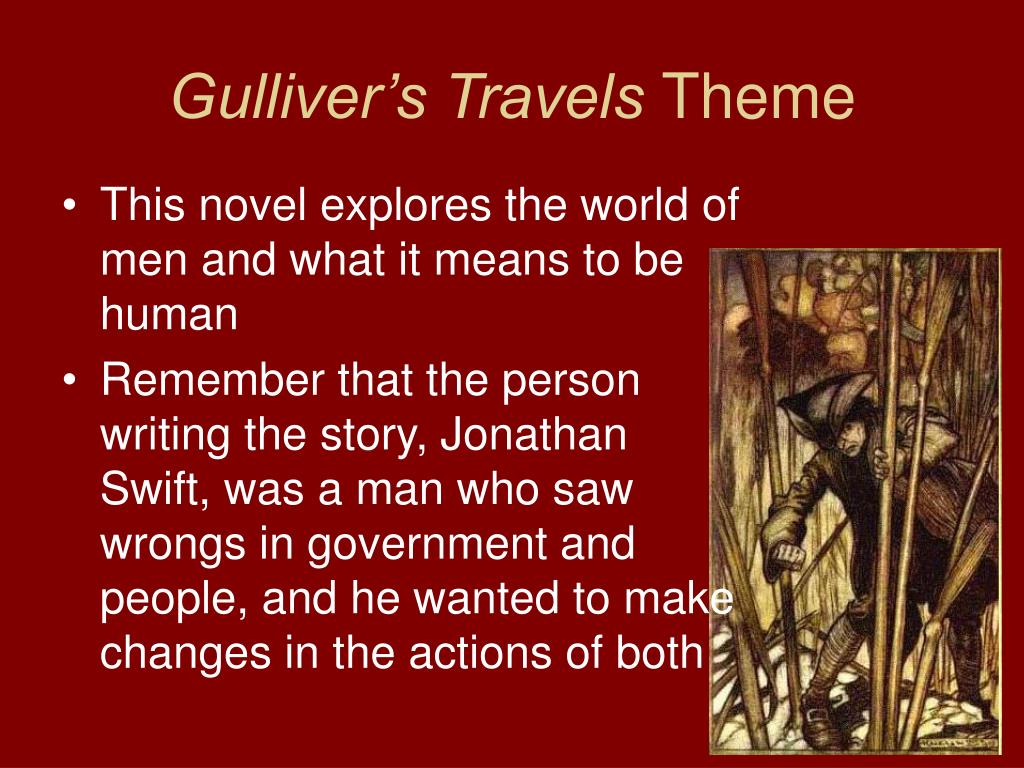

The journey is difficult and, at times, harrowing. They journey to the exotic East, through lands untamed and unknown, to China, to what many in Europe would consider the far end of the world. The Polos would have ventured forth to bring back goods and prestige to their beloved Venice. Venice at the time was a thriving city sometimes as war with its Italian neighbors, and always on the lookout for ways to expand economically and geographically. On horseback, by sea, on foot, through your computer monitor, feed your own curiousity and join Evliya and others on their journeys through these worlds.Niccolo Polo and Maffeo Polo, Marco’s father and uncle, respectively, are Venetian merchants who, naturally, spend a lot of time away from home. The exchanges between the Ottomans and Europe have existed throughout the layers of history. The unstoppable desire to travel, learn and be curious has meant that communities from across the globe have from very early on been in constant conversation with Europe and its cities.

This is the story of Evliya Celebi and what he represents today and during his lifetime in the 17th century. Thou shalt travel through the whole world and be a marvel among men.”

These are stories of constant conversations and exchanges between the Ottoman Empire and Europe, through trade in coffee, music, medicine, architecture, and stories of far off but not so distant lands. He travelled far and wide across Europe and North Africa and wrote extensively about his adventures in Seyahatname – “Book of Travels”.Įxplore this exhibition and discover these travels – of both people and ideas across time and space – through the eyes of Evliya, Lady Mary Montagu, Jean de Thevenot and other adventurers.

In the 17th Century an Ottoman traveller – Evliya Celebi – was inspired by a dream to embark on a journey across the Ottoman Empire.


 0 kommentar(er)
0 kommentar(er)
